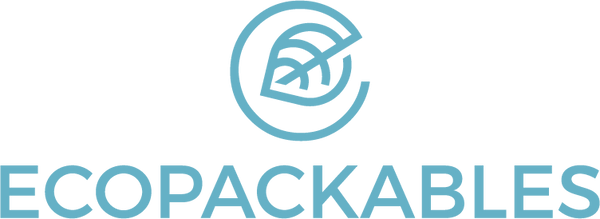Paper, a ubiquitous and versatile material, has long been a staple in packaging and various industries. With the growing concern for environmental sustainability, recycled paper packaging has re-emerged as a popular choice. In this article, we'll explore the eco-friendliness of recycled paper packaging, examining its compostability, recyclability, and environmental impact compared to virgin paper.
1. Compostability of Paper
Paper, being derived from trees, is inherently biodegradable. However, the compostability of paper depends on the presence of non-compostable coatings, inks, or contaminants. While there is no specific compostable certification for paper itself, the composting process can be hampered by these additives. Therefore, it's important to choose paper products that are free from such non-compostable elements for effective composting.
2. Recyclability of Paper
Recycled paper packaging stands out as an eco-friendly choice due to its high recyclability. The number of times paper can be recycled is often referred to as "recycling cycles," and it typically ranges from 5 to 7 times before the fibers become too short and weak for further recycling. Advances in technology may increase this number in the future.
One significant advantage of paper is its widespread accessibility for recycling. Many regions offer curbside recycling programs for paper products, making it convenient for consumers to participate in recycling efforts. The recycling rates of paper are encouraging in many parts of the world. In the United States, for instance, the American Forest and Paper Association reported that in 2020, 65.7% of paper and paperboard consumed was recovered for recycling. This demonstrates the success of an established paper recycling system and the potential for further improvement.
In comparison to plastic, paper benefits from a significantly higher recycling rate. Plastic recycling rates vary widely depending on the type of plastic, but, on average, plastic recycling rates are much lower than those of paper. This is due in part to the challenges of sorting and recycling diverse plastic types and the limited number of times plastic can be recycled before degrading in quality.
3. Environmental Impact: Virgin vs. Recycled Paper
Comparing the environmental impact of virgin and recycled paper reveals significant benefits in favor of the latter. Recycling paper consumes significantly fewer resources than producing paper from virgin pulp.
Water Consumption
Producing recycled paper consumes less water compared to virgin paper production. The process of making virgin paper pulp requires more water due to the pulping and bleaching stages, whereas recycled paper production primarily involves deinking and refining, reducing the overall water footprint.
Energy Consumption
Recycled paper also has a lower energy consumption profile. The energy-intensive processes of chemical pulping and bleaching in virgin paper production are bypassed when using recycled paper, resulting in reduced energy requirements.
In conclusion, recycled paper packaging offers numerous advantages over virgin paper, making it a more sustainable choice. It is highly recyclable, curbside accessible, and has a lower environmental impact in terms of water and energy consumption. Choosing recycled paper products, especially those free from non-compostable coatings, is a step in the right direction towards a more sustainable and environmentally friendly packaging solution.

